AAS320 Atomic Absorption Spectrophotometer
VIEW MORE+-
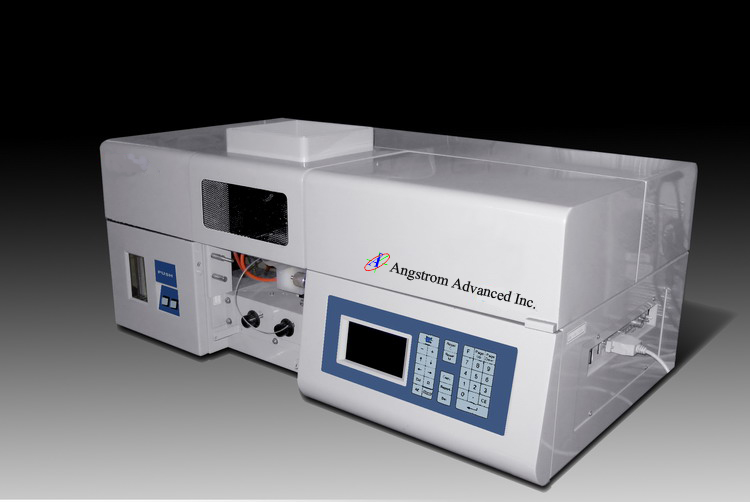
-
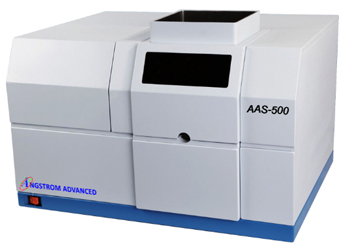
AAS500 Atomic Absorption Spectrophotometer
VIEW MORE+ -
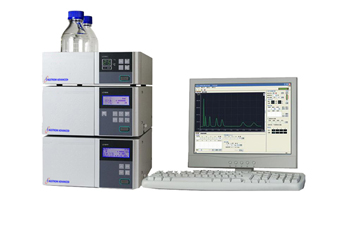
LC500 HPLC
VIEW MORE+ -
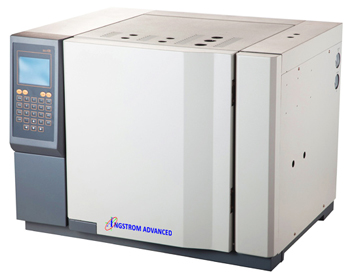
GC8000 Gas Chromatograph
VIEW MORE+ -
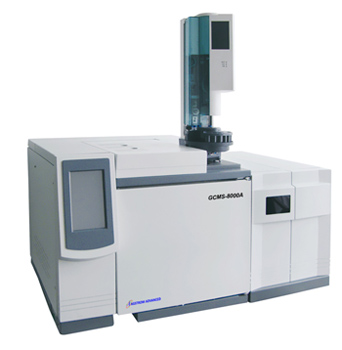
GC-MS8000A Gas Chromatography Mass Spectrometer
VIEW MORE+ -
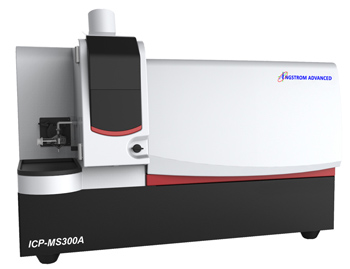
ICP-MS300A Inductively Coupled Plasma Mass Spectrometer
VIEW MORE+ -
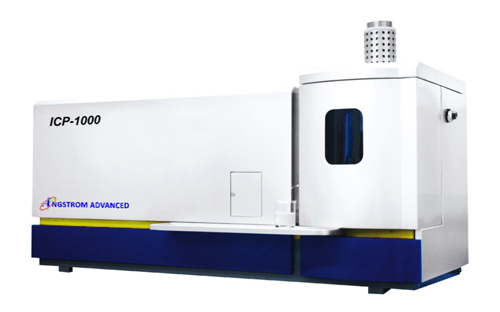
ICP1000 Inductively Coupled Plasma Atomic Emission Spectrometer
VIEW MORE+ -
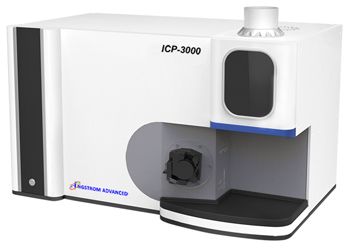
ICP3000 Inductively Coupled Plasma Optical Emission Spectrometer
VIEW MORE+ -
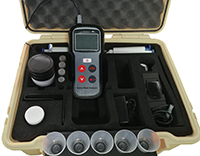
AAP3000 Heavy Metals Analyzer
VIEW MORE+
ICP-MS300A Inductively Coupled Plasma Mass Spectrometer
Inquiry and Sales: sales@angstrom-advanced.com or Online Request
Inductively Coupled Plasma Mass Spectrometry (ICP-MS) features microscale(10-6), trace(10-9), and ultratrace(10-12) element analysis techniques. It can test most elements of periodic table of elements. It has a very low detection limit, wide trends linearity range, minimal interference; high accuracy, high analyzing speed, and it also can analyze isotopes.
- Small, light and easy to carry
- Quick analysis speed, simple operation, high response rate, low background noise, good interference elimination, and easy maintenance.
- OneClick plasma setting makes plasma optimizing more convenient and has excellent reproducibility.
- Advanced plasma shielding technology greatly improves the instrument’s response rate and achieves ppt level.
- It has a special Activity connector structure, by which you can replace, install, and dismantle sampling cone and skimmer cone in empty space, making daily maintenance convenient.
- The efficiency of transmission and interference elimination capability of polyatomic ion, is improved by using the hexapole collision cell.
- Small, light and easy to carry
- Environmental: drinking water, seawater, environment water resource foodstuff, hygiene and disease control, commodity inspection ect.
- Semiconductor industry: high pure metal, high purity reagent, ultratrace impurity of Si wafe, photoresist etc.
- Medicine and physiological analysis: Medical Research of hair, whole blood、serum, urine sample, biological organization ect. Especially the test of Pb in whole blood.
- Nuclear industry: analysis of nuclear fuel radioisotope, pollution of Primary cooling water etc.
- Others: as chemical industry, lithification.
| Mass range | 1 ~ 265 amu |
| linear range | ≥ 108 |
| Sensitivity | Be ≥ 2×106 ; In ≥ 35×106 ; U ≥ 30×106 unit(cps/mg/L) |
| Detection limit | Be ≤ 10 ; In ≤ 2 ; U ≤ 2 unit(ng/L) |
| Resolution | 0.6 ~ 0.8 amu |
| SNR(Signal to Noise Ratio) | ≥ 50×106 |
| Background nois | ≤ 2 cps(all mass number range) |
| Mass axis stability | ≤ 0.05 amu/24 h |
| Stability RSD | Short period ≤ 3% ; long time ≤ 4% |
| Oxide ion | CeO+/Ce+ ≤ 3% |
| Divalent ions | 69Ba2+/138Ba+ ≤ 3% |
| Isotope ratio | (107Ag/109Ag) ≤ 0.3% |
| Abundance sensitivity | ≤ 1×10-6 low mass number ; ≤ 5×10-7 high mass number |